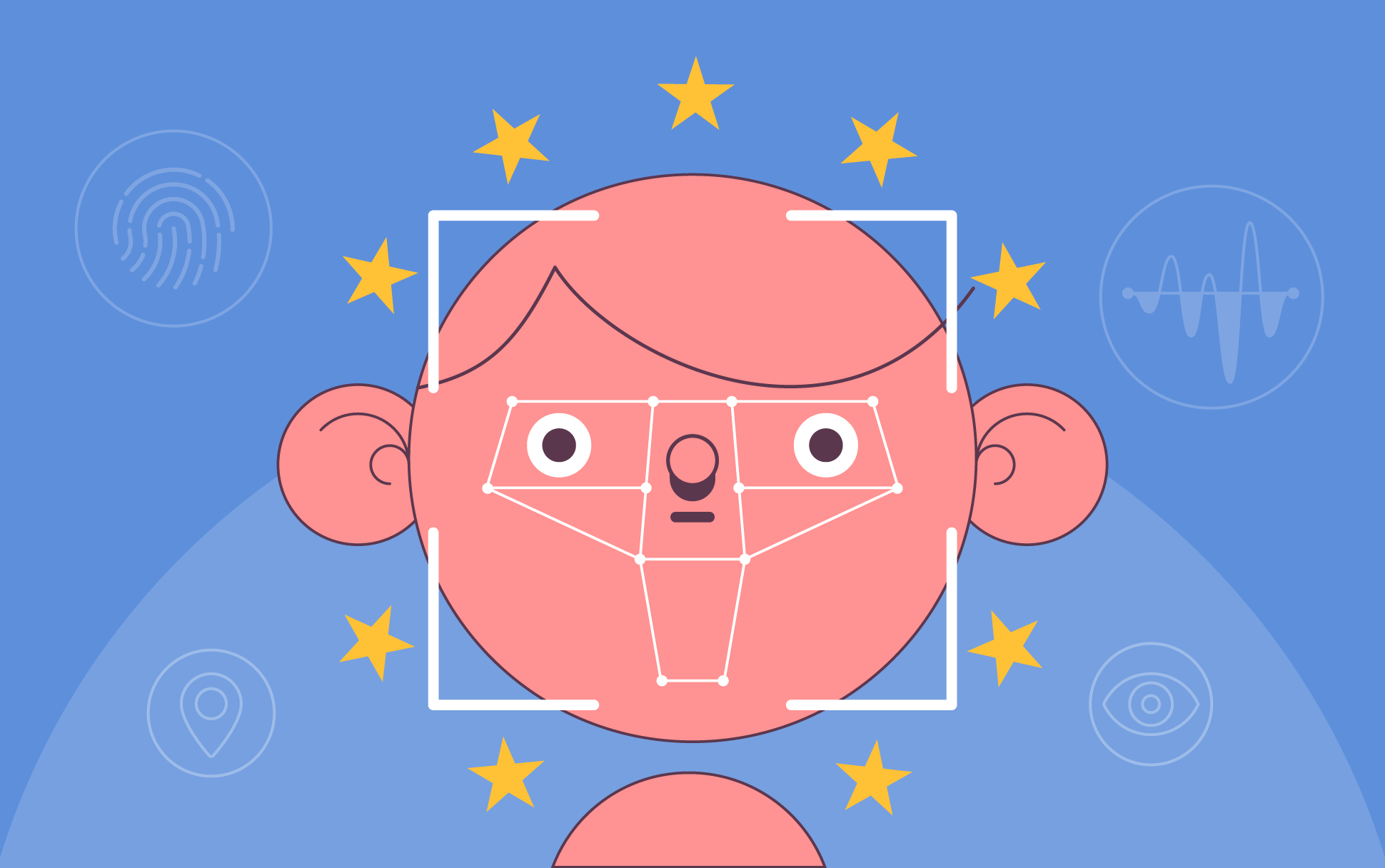
As technology becomes more sophisticated, so too, it seems, do surveillance methods. Unfortunately, with improved surveillance methods comes increased intrusiveness. Basically, what was once the stuff of science-fiction is now a reality.
Once upon a time, facial recognition was the wave of the future. These days that seems like old hat compared to lasers that can identify a person’s heartbeat, the monitoring of people’s indoor movements via commercial Wi-Fi devices, and not to mention how much companies continually track you online. Then, of course, there’s the next big thing in surveillance technology: biometrics.
What is biometrics?
Biometrics are biological and physical characteristics that can be monitored and used to identify an individual. So, things like facial recognition and heartbeat monitoring would fall under the umbrella of biometrics. When paired with artificial intelligence (AI) technology, however, biometrics can assess multiple body and behavioral patterns to build a more comprehensive and accurate picture of who you are beyond just how you look, but also potentially how you think and feel.
It comes as no surprise, then, that two European bodies teamed up recently to call for a ban on AI biometric surveillance within the EU.
The end of public anonymity
In June 2021, The European Data Protection Board (EDPB) — the independent European body that oversees the correct application of GDPR in the EU — and the European Data Protection Supervisor (EDPS) — an independent supervisory authority that ensures European institutions adhere to proper privacy and data protections — released a joint statement recommending the banning of AI in public spaces for biometric surveillance purposes.
The statement came as a response to the EU’s proposal for regulating high-risk use of AI in April. The EDPB and EDPS argue that the EU’s proposal doesn’t go far enough and suggest that there should be a blanket ban on AI surveillance that can recognize human features in public spaces. As examples of such features, they list: “recognition of faces, gait, fingerprints, DNA, voice, keystrokes and other biometric or behavioural signals, in any context”. They also recommend a ban against identifying and categorizing individuals based on ethnicity, gender, political or sexual orientation and prohibiting any sort of emotion recognition features or social scoring.
The heads of both bodies are quoted as stating, “Deploying remote biometric identification in publicly accessible spaces means the end of anonymity in those places. Applications such as live facial recognition interfere with fundamental rights and freedoms to such an extent that they may call into question the essence of these rights and freedoms.”
Conclusion
With the global biometrics market on the rise and as more countries adopt it, discussions surrounding the ethics of the technology are more important than ever. The potential for misuse and abuse seems high, especially given the track record of companies abusing user data over the past few years. While the development of biometric technology is undoubtedly exciting, it does seem like its use within surveillance should be utilized with caution.

Cora is a digital copywriter for SSLs.com. Having eight years of experience in online content creation, she is a versatile writer with an interest in a wide variety of topics, ranging from technology to marketing.